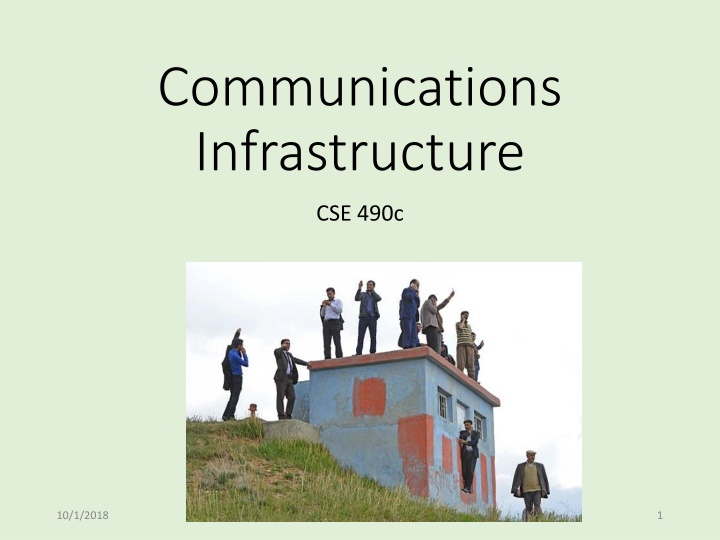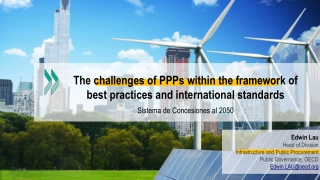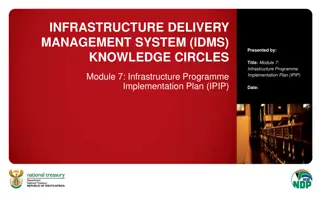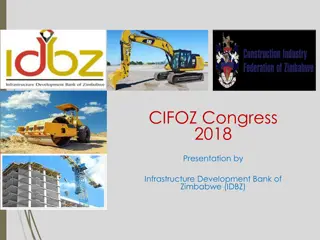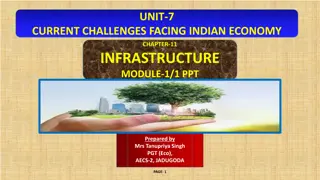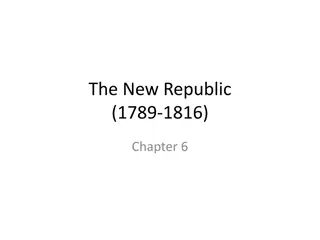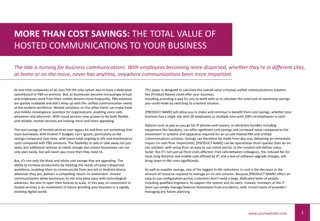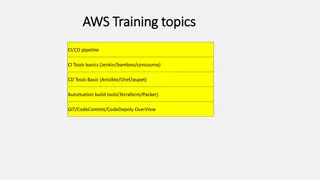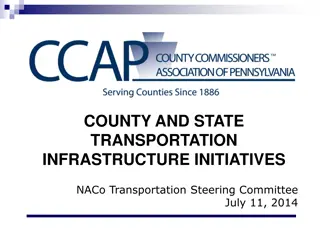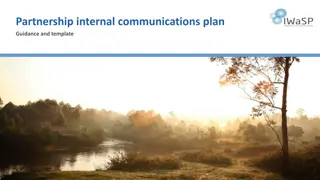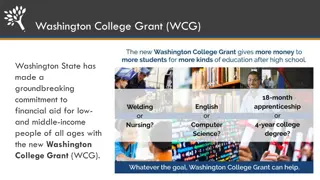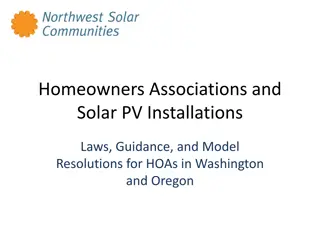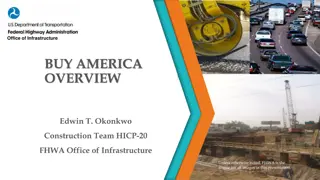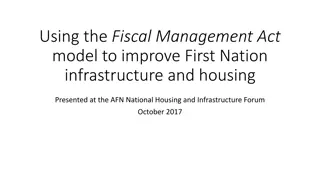Communications Infrastructure at University of Washington
Vibrant landscape of communications infrastructure at the University of Washington, Autumn 2018. Discover office hours, homework assignments, basic mobile phones, handset constraints, GSM standards, voice transmission, SMS evolution, and more. Unravel the fundamentals of voice and DTMF signals, SMS services, and the intriguing history behind SMS development. Dive into the world of mobile communications and unravel the complexities of connectivity, ownership, registration, and more. Delve into the world of communications at this distinguished university.
Download Presentation

Please find below an Image/Link to download the presentation.
The content on the website is provided AS IS for your information and personal use only. It may not be sold, licensed, or shared on other websites without obtaining consent from the author.If you encounter any issues during the download, it is possible that the publisher has removed the file from their server.
You are allowed to download the files provided on this website for personal or commercial use, subject to the condition that they are used lawfully. All files are the property of their respective owners.
The content on the website is provided AS IS for your information and personal use only. It may not be sold, licensed, or shared on other websites without obtaining consent from the author.
E N D
Presentation Transcript
Communications Infrastructure CSE 490c 10/1/2018 University of Washington, Autumn 2018 1
Administrivia Office Hours Richard Anderson, Wed, 2:30-3:20, CSE 582 Samia Ibtasam, Tues, 4:00-4:50, CSE 007 Naveena Karusala, Mon, 4:00-4:50, CSE 220 Homework #1, Due Wednesday. Programming Assignment #1, Available Wednesday. To get started, create Twilio account and build Hello World Application Possibly we will have a lab session for this 10/1/2018 University of Washington, Autumn 2018 2
Basic Mobile Phones Nokia 105 Quad band, GSM, Dual Sim 999 rs Fero F1100 1.2 MP Camera 900/1800Mhz GPRS BlueTooth 1050 Ksh Viva V1 Single Sim, 2G Flashlight, Snake 432 rs Tecno T350 GSM 900 Mhz Camera, Radio, Facebook, Palmchat 5100 Ngn 10/1/2018 University of Washington, Autumn 2018 3
Handset Constraints Connectivity Simcard Ownership Simcard Registration Airtime Balance Electrical charging Handset Cost 10/1/2018 University of Washington, Autumn 2018 4
Basic Mobile Phones (GSM Standard) Voice DTMF Dual Tone Multi-Frequency SMS Short Message Service USSD Unstructured Supplementary Service Data 10/1/2018 University of Washington, Autumn 2018 5
Voice + DTMF Analog signal for sound waves Converted by handset to digital data for transmission Multiple codecs can be used for conversion Voice Fundamental Frequency: Male (85 to 180 Hz), Female (165 to 255 Hz) Speaking frequency 20Hz to 20000 Hz Audible through 20000 Hz Telephony: Frequency band 300Hz to 3400 Hz. Sampling at 8000 Hz 10/1/2018 University of Washington, Autumn 2018 6
SMS (Short Messaging Service) Defined in 1985 as part of the GSM Standard Protocol allows seeing of up to 160 character alpha-numeric messages The hard thing in designing SMS was getting an agreed upon standard Deutsche Telekom + France Telecom The first SMS was sent over Vodafone GSM Network on December 3, 1992 in the UK Initial growth was very slow, significant growth around 2000 Designed for Engineers Took off when European Teenagers started using it SMS Gateway services are very important for building SMS applications more later Hack: You can send SMS from email 206375xxxx@tmomail.net 10/1/2018 University of Washington, Autumn 2018 7
Trivia What was the content of the first voice call? (Alexander Graham Bell to Thomas Watson, March 10, 1876) What was the content of the first text message? (Neil Papworth to Richard Jarvis, December 3, 1992) Why are SMS messages limited to 160 Characters. 10/1/2018 University of Washington, Autumn 2018 8
SMS Challenges Character limitation Expense Character Set restricted to basic Latin characters (7-bit characters) Unicode extensions require 16 bit greatly reducing message length Difficulty of entering letters on a keypad Reliability 10/1/2018 University of Washington, Autumn 2018 9
USSD Unstructured Supplementary Service Data Session based protocol for communicating by text between handset and service provider Initiated with a short code, e.g., *144# to check Safaricom balance 160 character strings sent back and forth between handset and provider until session is terminated Key differences from SMS Synchronized communication Direct with service provider: better security Does not leave messages on the phone Applications Adding services to cell service Mobile Money Yellow Pages Directory 10/1/2018 University of Washington, Autumn 2018 10
Universal Apps (Trevor Perrier) 10/1/2018 University of Washington, Autumn 2018 11
